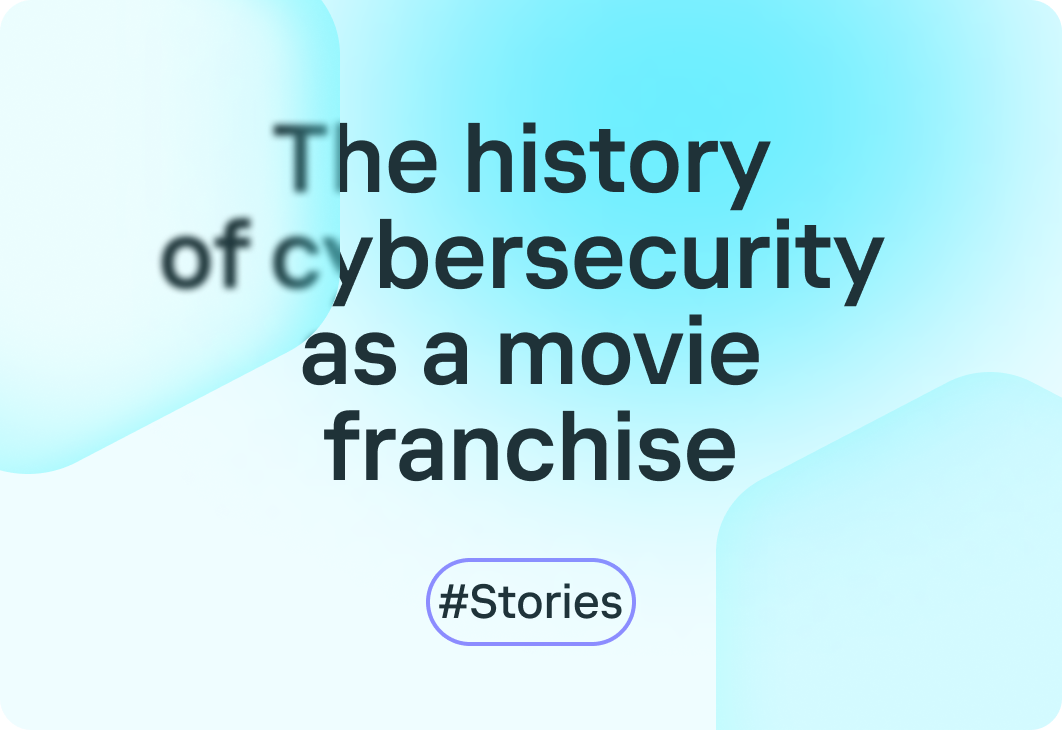
Today I’m diving into the history of cybercrime. It’s funny that the whole history of high-profile cyber attacks looks like a typical film franchise, where the main bad guy becomes more dangerous with each new movie in the series.
– We start with the first part of the saga. The 1993 epidemic of the OneHalf virus, which encrypts the hard disk and thus disables the system.
– Then the second part. The villain was defeated, but now a new, even more dangerous villian appears. The ILOVEYOU virus, which spreads as a love letter via email in 2000 and eventually affects more than 3 million computers around the world.
– Then the third part. This time, besides data inside IT systems being in danger, other objects critical to the safety of people are too. The main villain is the Stuxnet network worm, which disables centrifuges for uranium enrichment in Iran in 2010.
Lots of film franchises eventually reach their limit, and later parts look nothing like the original. What if the same thing happens in the cybercrime franchise? Now in the next part, like in a second-rate action movie, a cybercriminal with bad voice acting decides to hack the system, but after a series of failed attempts and a sluggish struggle, he ultimately fails. Unfortunately, it won’t be like this, as scale, budgets and box office will only grow. But it would be nice ?

Today I’m diving into the history of cybercrime. It’s funny that the whole history of high-profile cyber attacks looks like a typical film franchise, where the main bad guy becomes more dangerous with each new movie in the series.
– We start with the first part of the saga. The 1993 epidemic of the OneHalf virus, which encrypts the hard disk and thus disables the system.
– Then the second part. The villain was defeated, but now a new, even more dangerous villian appears. The ILOVEYOU virus, which spreads as a love letter via email in 2000 and eventually affects more than 3 million computers around the world.
– Then the third part. This time, besides data inside IT systems being in danger, other objects critical to the safety of people are too. The main villain is the Stuxnet network worm, which disables centrifuges for uranium enrichment in Iran in 2010.
Lots of film franchises eventually reach their limit, and later parts look nothing like the original. What if the same thing happens in the cybercrime franchise? Now in the next part, like in a second-rate action movie, a cybercriminal with bad voice acting decides to hack the system, but after a series of failed attempts and a sluggish struggle, he ultimately fails. Unfortunately, it won’t be like this, as scale, budgets and box office will only grow. But it would be nice ?